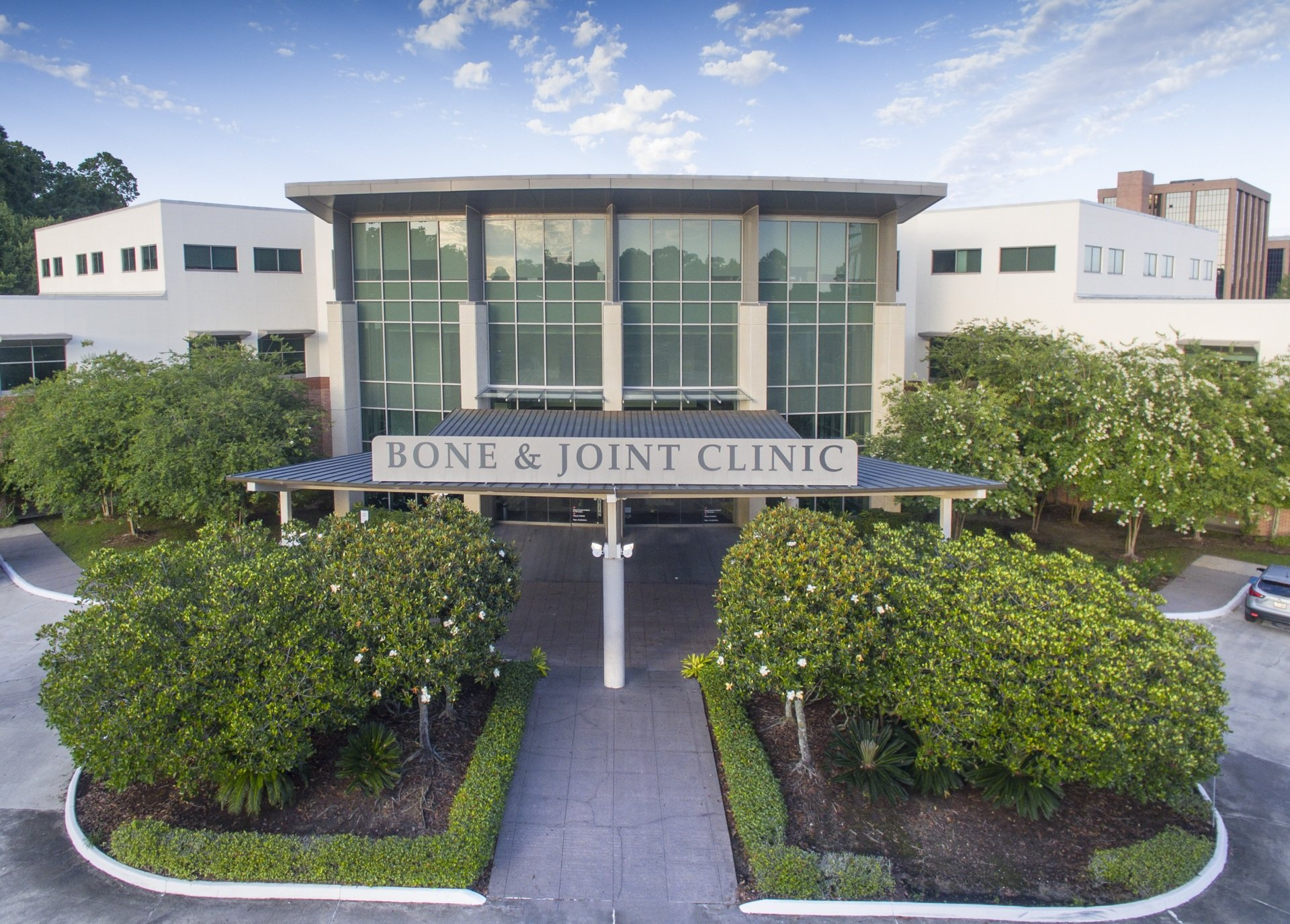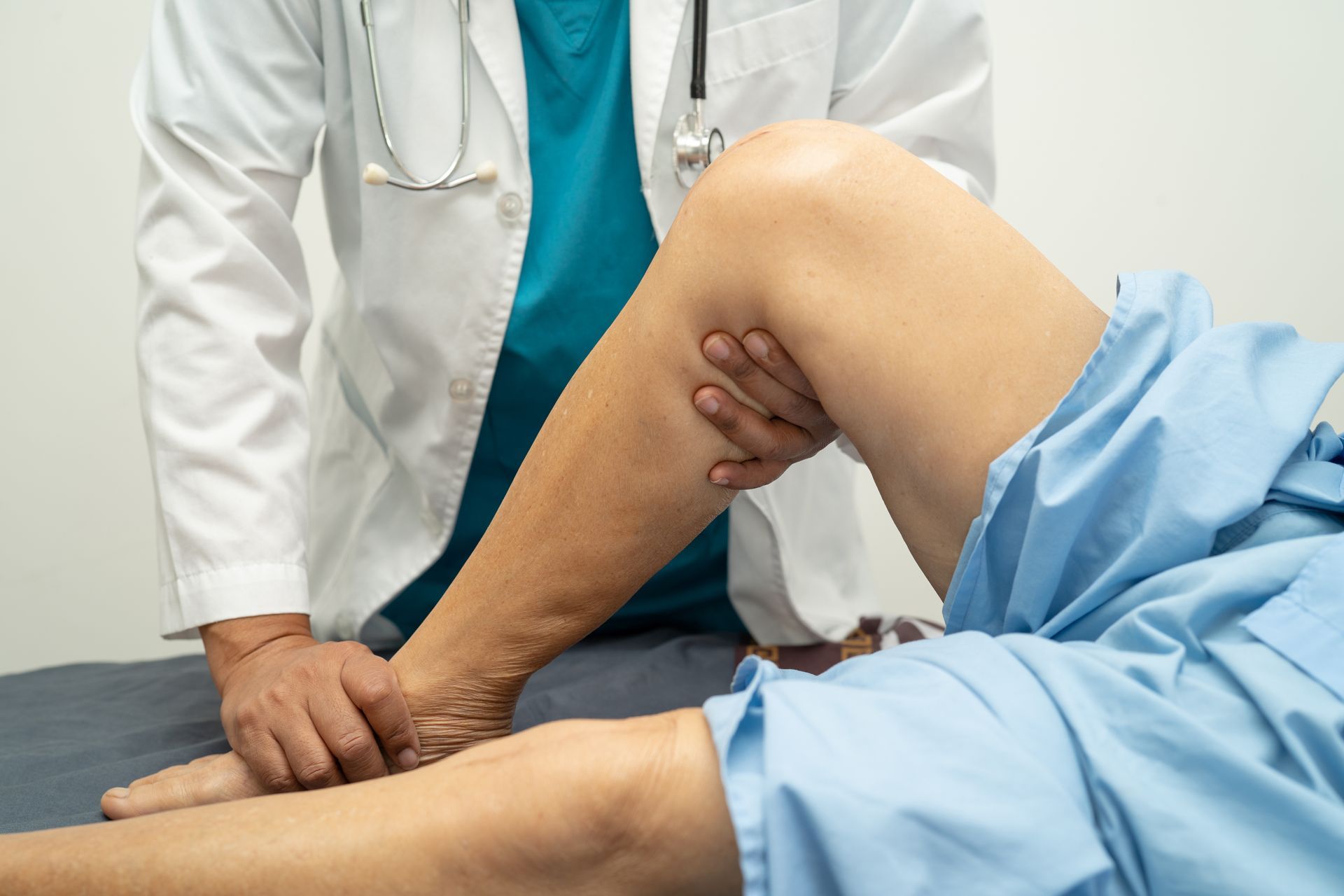Carpal Tunnel Syndrome is a common condition that causes pain, numbness, and tingling in the hand and arm. It occurs when the median nerve, which runs through the carpal tunnel in the wrist, becomes compressed or irritated. While surgery is an option for severe cases, many people can manage their symptoms effectively through non-surgical treatments. There are various non-surgical options for alleviating the discomfort and improving the functionality of those suffering from Carpal Tunnel Syndrome.
Understanding Carpal Tunnel Syndrome
The structure of the wrist, repeated hand motions, and underlying medical disorders like rheumatoid arthritis or diabetes can all lead to the development of carpal tunnel syndrome. Typical signs and symptoms include:
- Thumb, index, middle, and ring finger numbness and tingling
- Hand weakness that makes it challenging to hold objects
- Radiating pain up the arm
In order to manage carpal tunnel syndrome and avoid irreversible nerve damage, early intervention and treatment are critical.
How Can You Avoid Surgery for Carpal Tunnel Syndrome?
Avoiding surgery for Carpal Tunnel Syndrome is possible with a variety of non-surgical treatments, like wrist splinting, activity modifications, and specific exercises. These methods focus on reducing pressure on the median nerve, alleviating symptoms, and improving wrist function.
Wrist Splinting to Prevent Carpal Tunnel Surgery
Wrist splints keep the wrist in a neutral position, reducing pressure on the median nerve. These splints are typically worn at night to prevent the wrist from bending during sleep, which can exacerbate symptoms. Daytime use may also be recommended for those whose symptoms are triggered by specific activities.
Carpal Tunnel Syndrome Activity Modifications
Reducing or modifying your activities that strain the wrist can help to alleviate symptoms. Take frequent breaks from repetitive tasks, adjust hand positions, and use ergonomic tools. For instance, using a keyboard with a negative tilt or a mouse designed to reduce strain on the wrist can be beneficial.
Exercise and Stretching to Avoid Carpal Tunnel Surgery
Exercises for strengthening and extending the wrist can lessen pressure on the median nerve and increase wrist flexibility. This allows the median nerve to go through the carpal tunnel more easily with the assistance of nerve gliding activities. Tension can also be released by stretching the wrist flexor and forearm extensor flexor muscles. To support the wrist, concentrate on strengthening the hand and forearm muscles.
Ergonomic Adjustments for Carpal Tunnel Pain Relief
It is possible to prevent and lessen wrist strain symptoms by optimizing your work environment. Make sure the configuration of your desk encourages a neutral wrist position. Make use of ergonomic wrist pads, mouse, and keyboards. To prevent overly bending wrists, place your computer monitor at eye level.
Medications to Relieve Carpal Tunnel Pain
Drugs can assist in controlling the pain and inflammation brought on by CTS. Ibuprofen is one example of a nonsteroidal anti-inflammatory medicine (NSAID) that can lessen pain and inflammation. Oral or injectable corticosteroids can reduce swelling and inflammation, offering momentary relief. However, because of the possible adverse consequences, prolonged usage is not advised.
Monitoring and Professional Guidance
It's critical to keep an eye on your symptoms and, if needed, seek professional advice. Seek advice from a medical professional, such as a doctor or physical therapist, to create a customized treatment strategy. If symptoms worsen or continue, they can recommend further interventions like occupational therapy and offer advice on the best course of action.
Carpal Tunnel Syndrome can be effectively managed through a variety of non-surgical treatments. Wrist splinting, activity modifications, exercises, ergonomic adjustments, medications, alternative therapies, and lifestyle changes all play a role in alleviating symptoms and improving hand function. If you are having wrist pain or suffering from any other symptoms of carpal tunnel syndrome, make an appointment with the expert staff of orthopedists at Bone and Joint Institute of Baton Rouge.




